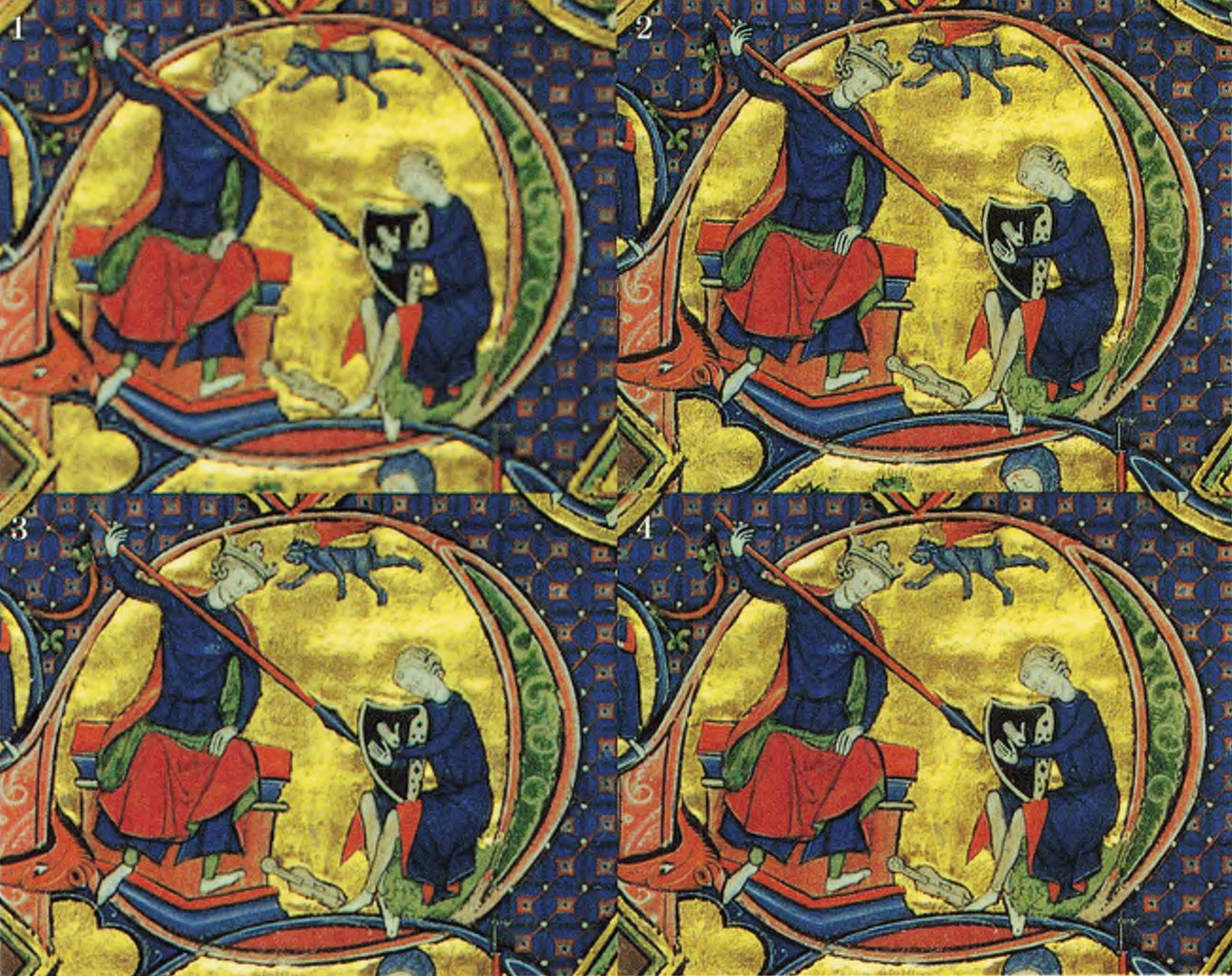“Image Quality and Viewer Perception” by Ester
Conference:
Type(s):
Title:
- Image Quality and Viewer Perception
Presenter(s)/Author(s):
Abstract:
Improving the quality of digital images can have great impact on information storage and transfer, pushing the feasibility of image databases well beyond existing practical limits. How good do images have to be? Among the considerations for selecting image quality is the extent to which viewers can discriminate among variations in quality. What differences in resolution and dynamic range (bit-depth) can they see? Groups of art historians were asked to rate a series of displayed test images; the results show how participants’ responses compared with the actual range of image quality. Practical implications of viewers’ perceptions are discussed.
References:
For examples, see J. Cash, “Spinning Toward the Future,” Museum News 63, No. 6, 19-22 (August 1985); L. Corti, D. Wilde, U. Parrini, and M. Schmitt, eds., SN/G: Report on Data Processing Projects in Art, 2 vols. (Pisa: Scuola Normale Superiore; Los Angeles: The Getty Art History Information Program, 1988).
Musée d’Orsay, The Orsay Museum Audiovisual (information brochure).
For purposes of this study, photographic reproductions, rather than original works of art, were the presumed source for scanning. The direct capture of objects introduces considerable technical complexity, including many new decisions, such as the photographic conditions and lighting, that are nontechnical and relate to content.
P. A. McClung, “Cost Associated with Preservation Microfilming: Results of the Research Libraries Group Study,” Library Resources and Technical Services, (October/December 1986) pp. 363-374.
Although McClung’s study focused on microfilming entire books, she cites the cost and time for individual frames, as is the norm for visual archives, where each image is a separate entity.
Cash [1].
Incremental improvement of image quality through progressive transmission is one approach under review by the CCITT and ISO Joint Photographic Experts Group for transmitting images. Progressive transmission sends a succession of encoded layers that incrementally improve quality levels.
See the classic study by T. S. Huang, “PCM Picture Transmission,” IEEE Spectrum 2 (December 1965) pp. 57-63.
Gerald H. Jacobs, Comparative Color Vision (New York: Academic Press, 1981) Chap. 6.




